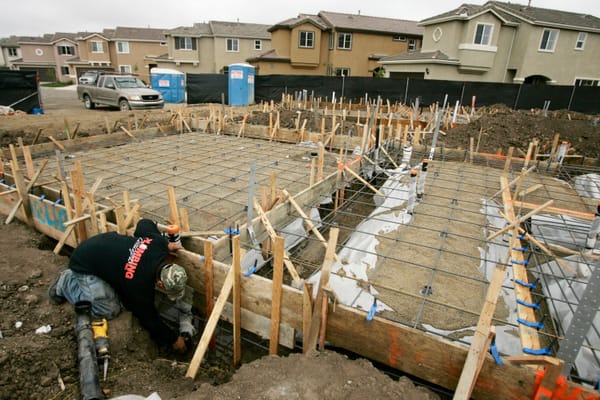Housing prices are up, affordability is down. One commonly cited culprit: zoning rules that make it hard to build new housing. In parts of California, for example, these rules and procedures have made it almost impossible to build homes. In one infamous case, it took years to get permission to redevelop an ordinary one-story laundromat in San Francisco’s Mission District into new housing.
A movement known as “YIMBY”—Yes In My Backyard, a play on the term NIMBY referring to those who say “No” to any development near their backyard—says it has the answer to this problem. It’s an essentially libertarian approach to land development that involves a rollback of zoning rules to enable the construction of much more housing. While some of its ideas are sound, YIMBYism isn’t the answer to America’s housing crisis.
There is a lot to be said for reducing restrictions on building new housing. Undoubtedly, zoning rules are too tight in much of the country, and they should be liberalized—particularly on the coasts, where restrictive policies have reached ridiculous levels in some places.
Yet the YIMBY movement isn’t entirely what it seems. Despite its focus on regulatory rollback, the majority of YIMBY supporters appear to be on the left, and the movement has had its greatest successes in solid blue states like Oregon and California. The reasons for this become clear when one looks closer at the movement’s aims: The YIMBY movement has goals extending well beyond housing and, in many respects, is simply an outworking of a broader anti-suburban agenda.
